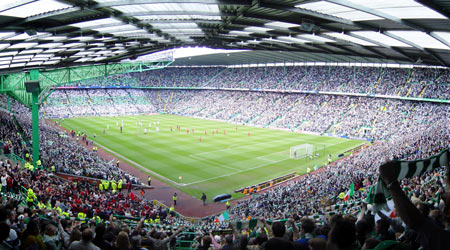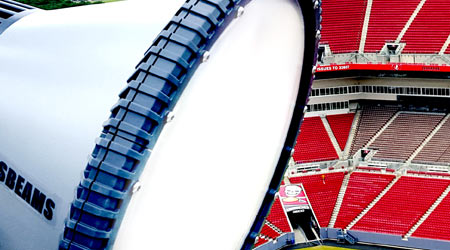
Smart Steps to High Performance
September 8, 2016
The terms “smart building” and “high performance building” are increasingly bantered about when facilities managers discuss ways to improve building parameters like energy efficiency, comfort, and productivity. No hard and fast definition of either phase exists, and sometimes the two are used interchangeably. But however the terms are defined, it’s clear that the automation technology of a smart building should be an important component of a high-performance building.
A big reason is data. An abundance of data has for years been available from building systems. But that data often isn’t usable. Sometimes it’s the wrong data. Sometimes the sheer flood of data is overwhelming. What has happened recently is the emergence of a range of powerful technologies that enable facility managers to get the right data and take advantage of it to make the building both smart and high-performance.
One way to look at the connection of smart and high performance is to divide controls strategies into three levels.
“The bottom tier covers how facilities managers operate and sequence equipment to get optimum productivity from their building systems,” says Paul Erhlich, president of Building Intelligence Group LLC.
The center tier involves integrating building systems, so they can use information from each other. “For example, the lighting system is shutting down so the variable air volume can be turned off,” he says.
“The highest tier involves analytics, fault detection, and better analysis of data that is optimized at the high end to achieve a high performance building,” Erhlich says. At that third tier, smart technologies are used to maximize performance.
This quick read is from Rita Tatum, contributing editor for Building Operating Management. Read more from her about smart buildings.
Next
Read next on FacilitiesNet












